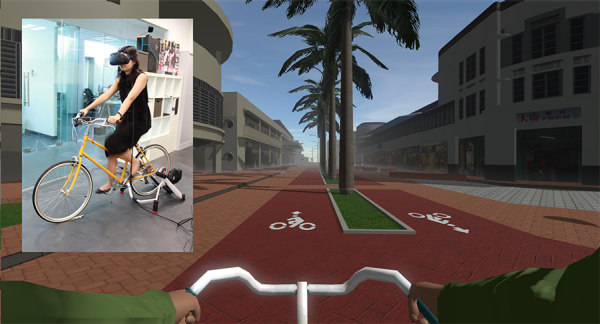CIVAL
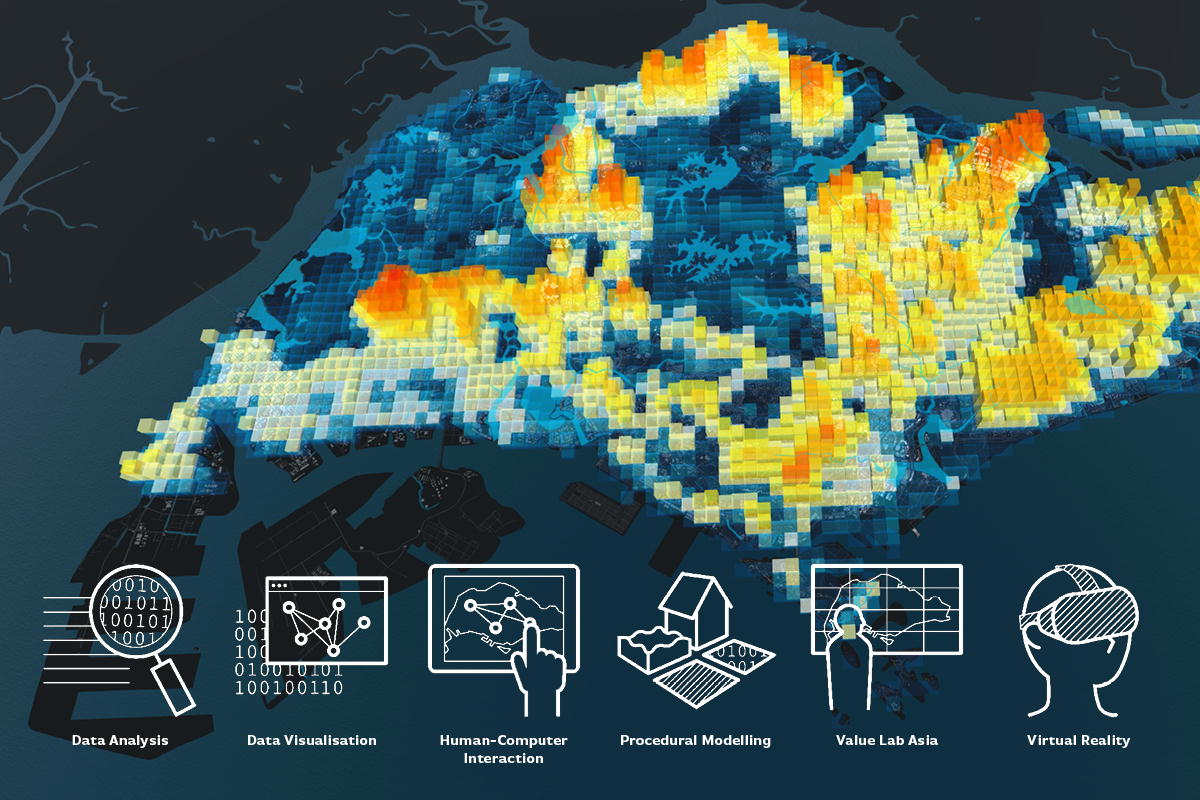
Increasing the impact of the FCL through visualisation and interaction-based applied research, including prototype development and research support
FCL has developed important insights into data capture, visualisation and simulation through research attached to the digitally augmented Value Lab Asia collaboration facility. This work is enhanced by the Collaborative Interactive Visualisation and Analysis Laboratory (CIVAL). The facility supports FCL research through the development of cutting-edge visualisation and interaction techniques to facilitate the usage
of ICT-based research infrastructure.
CIVAL works closely with projects that have specific visualisation and interaction requirements or whose research output can be directed towards further dissemination through prototype development. In addition, CIVAL will help identify visualisation and interaction related synergies between projects, and thereby contribute to streamlining common efforts through a series of lectures and workshops on the topic.
CIVAL is developing a software called Singapore Views, which allows all researchers at Singapore-ETH Centre to showcase their research outputs in an integrated way via an interactive 3D presentation in Value Lab Asia.
Spefically, the aims of CIVAL are:
1. Strategic Prototype Development: to implement visualisation, interaction, simulation and visual analytics prototypes based on research project results with a high potential for non-academic dissemination (software tools, spin-off companies, patents, and so on). The goals of these prototypes are to assist planners and architects to research on themes such as sustainable urban designintelligent transportation system, financing, and efficient energy consumption.
2. Project Research Support: such as collaborative interaction software, visualisation or visual analytics development
3. Value Lab Asia Development: with additional technologies, for example, to support gestural or haptic interaction, or to enable physical-virtual design tools
4. Virtual Reality Environment Development: in collaboration with specified projects and the SEC IT team
5. Collaboration with Industry Partners: such as Esri, Tencent and the Financing Bodies (for example, ADB and City Governments)
CIVAL
 Vision of the “Enabling DEMO:POLIS” participatory design tool installed at the Akademie der Kunste in Berlin in March 2016 as part of the DEMO:POLIS exhibition.
Image: Stefan Mueller Arisona, 2016
Vision of the “Enabling DEMO:POLIS” participatory design tool installed at the Akademie der Kunste in Berlin in March 2016 as part of the DEMO:POLIS exhibition.
Image: Stefan Mueller Arisona, 2016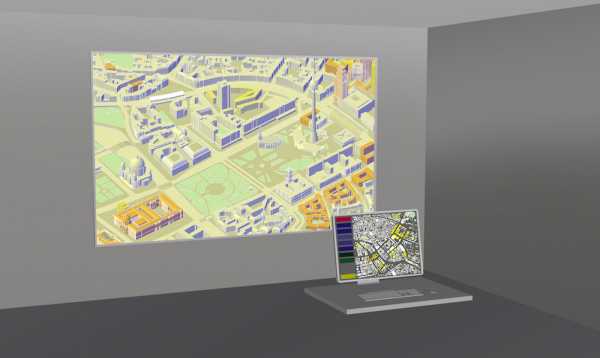 CityEngine scenario of the central Berlin Rathausforum and Alexanderplatz area, based on the 3D planning model provided the Senatsverwaltung für Stadtentwicklung und Umwelt.
Image: Stefan Mueller Arisona, 2016
CityEngine scenario of the central Berlin Rathausforum and Alexanderplatz area, based on the 3D planning model provided the Senatsverwaltung für Stadtentwicklung und Umwelt.
Image: Stefan Mueller Arisona, 2016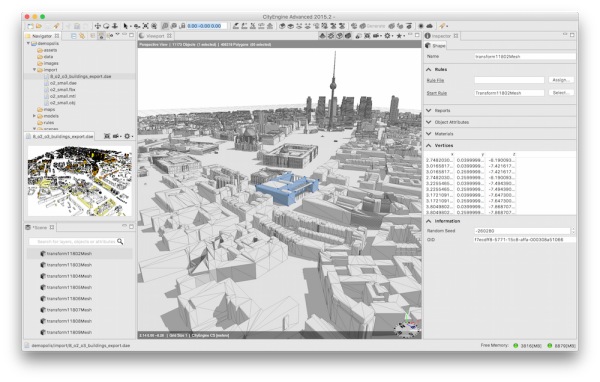 A visual analytics interface to explore the relationship between human mobility and points-of-interest data.
Image: CIVAL, 2017
A visual analytics interface to explore the relationship between human mobility and points-of-interest data.
Image: CIVAL, 2017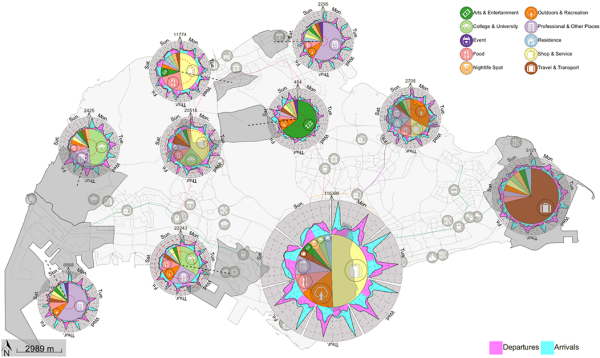 Urban Data Fusion. A visual analytic system that fuses public transportation and social media data, which can enable users to understand how passengers’ behaviors affect the usage of public transportation system.
Image: CIVAL, 2017
Urban Data Fusion. A visual analytic system that fuses public transportation and social media data, which can enable users to understand how passengers’ behaviors affect the usage of public transportation system.
Image: CIVAL, 2017
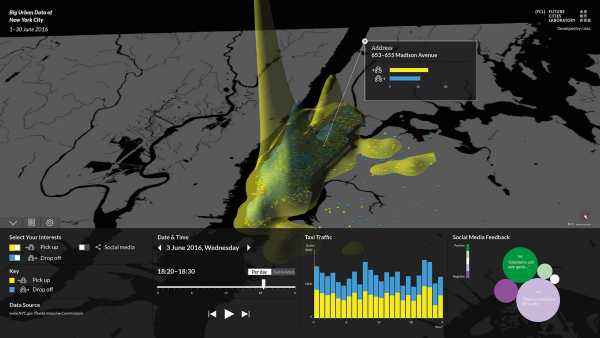 Future Streetscapes Virtual Reality Simulator. A virtual reality environment for evaluating the physical and cognitive reactions of cyclists in different design and traffic scenarios.
Image: CIVAL, 2017
Future Streetscapes Virtual Reality Simulator. A virtual reality environment for evaluating the physical and cognitive reactions of cyclists in different design and traffic scenarios.
Image: CIVAL, 2017